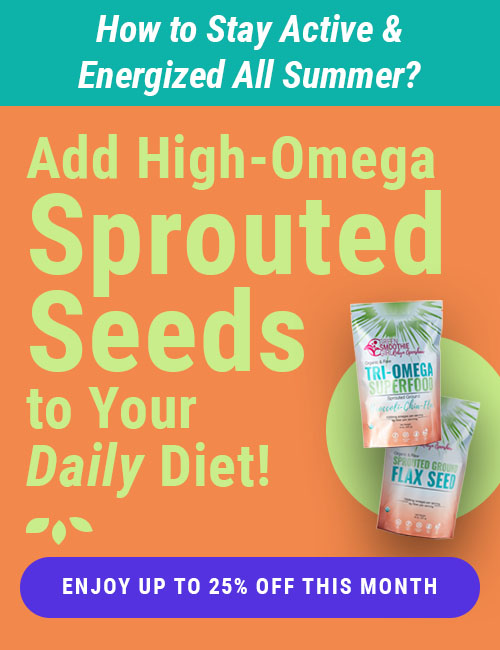A Biological Dentist on Dental Sealants (Part 4 of 7)
Several of you have asked about the safety and efficacy of sealants recommended to you by your dentist. Reader Dr. John Augspurger, a biological dentist in Colorado Springs, weighs in with this response:
Robyn,
I am a biological dentist practicing this way for 17 of my 22 years as a dentist. The first 5 years of my career I was a traditional dentist, and I believe in many ways traditional dentistry is harmful.
On the subject of sealants…… I am a fan of the philosophy, but not a fan of the procedure or the material. Here’s why:
First, sealants are typically done in the busy office NOT by the dentist, but by the assistant. That means the tooth cannot be drilled (or cleaned out properly) before the sealant is placed. That means the sealant will be placed over a small amount of decay and or stain down in the groove of the tooth. It is like trying to paint over a metal object covered in rust. The paint will not stick, or if it does, it won’t last very long. And even worse, when the sealant becomes unbonded anywhere along it’s margin, then underneath you have a world of problems, and decay will progress rapidly.
The rate of decay at that point will be a function of how mineralized, or how “hard” the tooth is. There is no way to clean in there, or get fresh saliva in there to buffer the newly formed, highly acidic environment. But if a dentist were to go in there and thoroughly clean out the decay, debris, or stain, then at that point it is technically considered a filling. You have to pay more and it takes more time, but it is absolutely worth it!!
Secondly, I do not like the sealant material, and here’s why. It contains high levels of BPA which means it is a plastic toxin. In fact all plastic materials in dentistry have BPA, but sealants are the worst. Filling material is better. And filling material is MUCH stronger, which is the other reason why I do not like sealants.
I have not placed a sealant on anyone in over 17 years for these reasons. But I like the idea of sealing any cavity-prone area of the tooth with a material that is least toxic and will last for as long as possible.
The only way to know for sure is if you have this conversation with your dentist, and be adamant about how well the decay is removed FIRST before any filling material is placed, and that the filling be placed in a non-contaminated environment. The use of rubber dams really help with that. It takes more time, and thus costs more, but it is absolutely worth it!!
For more information, your readers can go to my web site http://www.biodentist.com. Keep up the great work you are doing on helping your readers make more informed dental decisions!
Yours for Better Health,
Dr. John Augspurger
Dr. Augspurger, many thanks for these comments. I will have more of the reaction from other dentists, in the rest of this series.
(To access the other posts in this series, Click Here.)
Posted in: Dental Health













